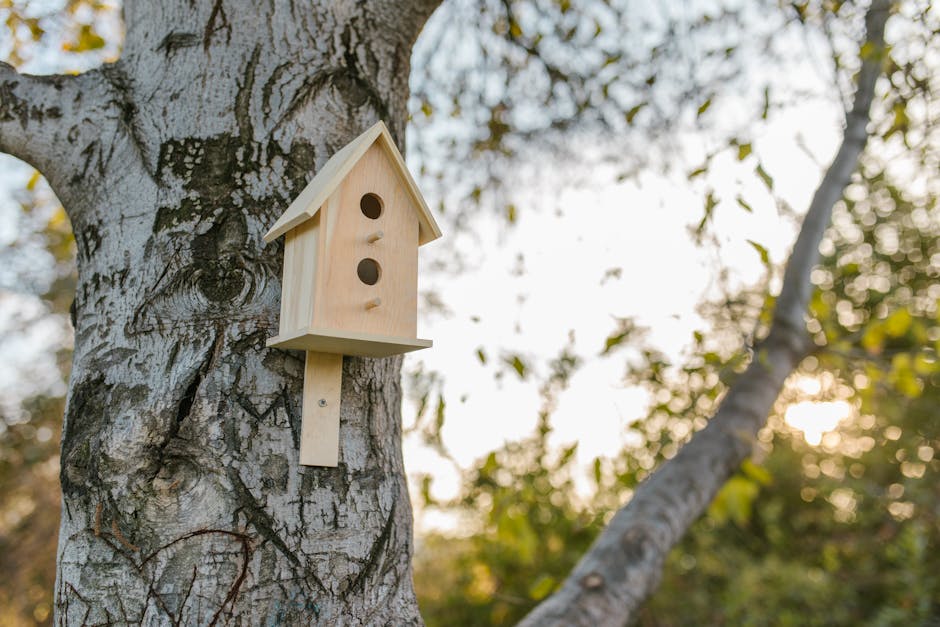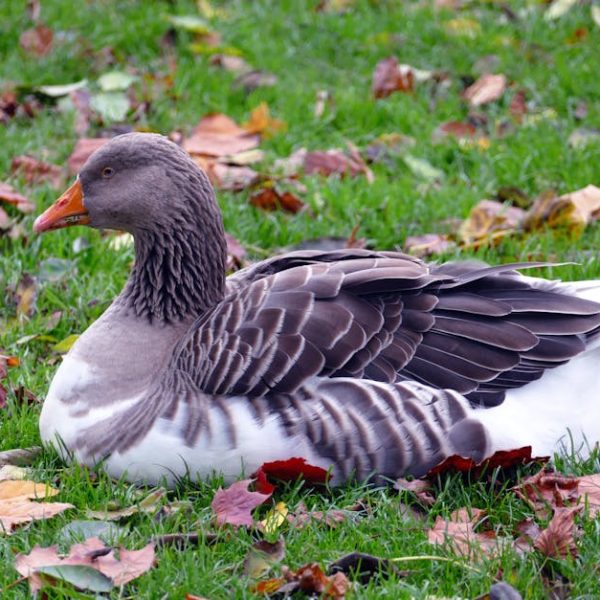To understand the intricacies of a bird’s hearing, it’s essential to begin with the structure of its ear, which is quite different from that of mammals. While many mammals have prominent, exterior ears or auricles, birds lack this feature. Instead, they have a unique structure that stacks functionality and efficiency in a small, compact form. A discreet ear opening, located slightly behind and below a bird’s eye, is covered and protected by an intricate layer of short, specialized feathers known as auricular feathers. Working akin to a mammal’s pinna, these feathers help direct sounds into the ear opening.
Best Practices: To gain a deeper appreciation of avian anatomy and its impact on their lives, examine bird skeletons or comprehensive guides focused on avian anatomy. This closer look reveals the intricate design and inherent beauty of these creatures.
How Birds Hear: The Process of Avian Audition
On a physical level, the process of how birds hear isn’t vastly distinct from how humans do. Sound waves enter through the ear opening, setting the eardrum or tympanic membrane in motion. These vibrations are transmitted through the middle ear, reaching the extremely sensitive cochlea in the inner ear. The cochlea transforms these sound vibrations into electrical signals that are carried to the brain, which then interprets them as sounds, enabling a bird to react accordingly.
Comparison:
| Bird Hearing | Mammalian Hearing | |
|---|---|---|
| External Ear Structure | No visible external structure (absence of pinna or auricles) | Prominent external structure |
| Sound Reception | Auricular feathers aid sound direction into ear | External shape aids in catching and directing sound waves |
| Transmission to Brain | Eardrum vibrations sent to the cochlea, where they are converted into electrical signals | Similar process, though cochlea structure may vary |
Such comparisons illustrate how form meets function in the realm of bird hearing, emphasizing the successful adaptation of avian species to their environments and lifestyles over millions of years.
Importance of Hearing in Avian Life
Hearing plays a pivotal role in every bird’s life, although the extent of its importance varies across different species. More than just perceiving noise, birds utilize their acute sense of hearing to communicate with counterparts, navigate their surroundings, detect incoming threats, locate and identify food, and even find mates during breeding seasons. Their well-adapted auditory capabilities enable them to interpret and react to a variety of sound patterns and frequencies in their environment.
The hearing prowess plays a crucial role in several aspects:
- Communication: Birds often depend on unique songs and calls to communicate with others. A bird’s call can communicate emotions, territorial claims, or even mating intentions.
- Navigation: Ornithologists believe that birds use sound cues to navigate, especially during harsh weather or when visual cues are inadequate.
- Detection: Birds can detect the subtlest sounds of predators, providing life-saving seconds for an escape plan.
- Foraging: Some birds like the American woodcock rely on their keen sense of hearing to locate and catch prey concealed within the foliage or beneath the surface.
The Variation in Hearing Capabilities among Different Bird Species
Just as birds exhibit a wide array of vibrant colors, sizes, and behaviors, their auditory capabilities too vary significantly across species. A bird’s hearing ability hinges on a few factors, including its habitat, lifestyle, and body size. Larger birds have larger ear structures, which usually translates to better hearing, while birds living in noisy environments may develop sharper hearing than their counterparts in quieter surroundings.
Pro tip: Delving into the specific auditory traits of individual bird species deepens your understanding of avian auditory capacities, emphasizing the susceptibilities and adaptations that are unique to each species.
Challenging Myths and Misconceptions about Bird Hearing
Despite the pivotal role of hearing in a bird’s life, numerous myths and misconceptions continue to lurk. One common myth is that birds are deaf. This is far from the truth; birds exhibit exceptional auditory capabilities and have a frequency range that often surpasses human hearing. Another prevalent misconception is that birds are immune to noise pollution. Increasing urban noise, visual, and auditory pollution can disrupt bird communication, breeding, and feeding habits, often leading to stress and reduced survival rates.
Pros of maintaining quiet environments:
- Enhancement of natural bird habitats.
- Promotion of healthy bird populations.
Cons of noise pollution:
- Disruption of bird communication.
- Interference with breeding and feeding habits.
- Stress and reduced survival rates among birds.
This reflective discussion offers an opportunity to debunk these myths and galvanize more significant actions towards conserving birds and their natural habitats. Our actions and choices can directly echo in the quality of life for our avian friends, and understanding their senses is the first stepping stone in crafting an environment conducive to their survival and growth.
Key Takeaway:
- The structure of a bird’s ear is unique compared to mammals, lacking an external ear and instead having auricular feathers to direct sound into the ear opening.
- The bird’s hearing process resembles that of humans, as the sound waves set the eardrum in motion, transmitting vibrations through the middle ear to the inner ear, where they are transformed into electrical signals that are conveyed to the brain for interpretation.
- Hearing plays a crucial role in birds’ lives, including communication, navigation, detecting predators, and identifying food and mates.
- Auditory capabilities among birds vary across species due to factors like habitat, lifestyle, and body size.
- Contrary to common myths, birds have excellent hearing capabilities and are adversely affected by noise pollution.
Keep learning and exploring, each nugget of knowledge you gain brings you closer to understanding the wonderful world of birds. Remember, proper awareness about the avian auditory system and the effects of noise pollution can help us in promoting conservation efforts.
FAQs
Q: How do birds without external ears direct sound into their ear opening?
A: Birds have auricular feathers that help direct sounds into the discreet ear opening.
Q: Do all bird species have the same level of hearing capability?
A: No, hearing capabilities can vary across species depending on factors like habitat, lifestyle, and body size.
Q: Is it true that noise pollution does not affect birds?
A: No. Noise pollution can disrupt bird communication, breeding, and feeding habits, leading to stress and reduced survival rates.
Q: How does hearing support birds with navigation?
A: Birds may use sound cues to navigate, especially during harsh weather or when visual cues are inadequate.
Q: Why is hearing important for birds’ survival?
A: Auditory capabilities enable birds to communicate, navigate, detect threats, locate food, and even find mates.
Encourage your friends and colleagues interested in avian hearing to read this insightful article and discover more about the wonderful world of birds by exploring other posts on our website.












